Conversations From a Silent Village
Dhadkai has a unique identity
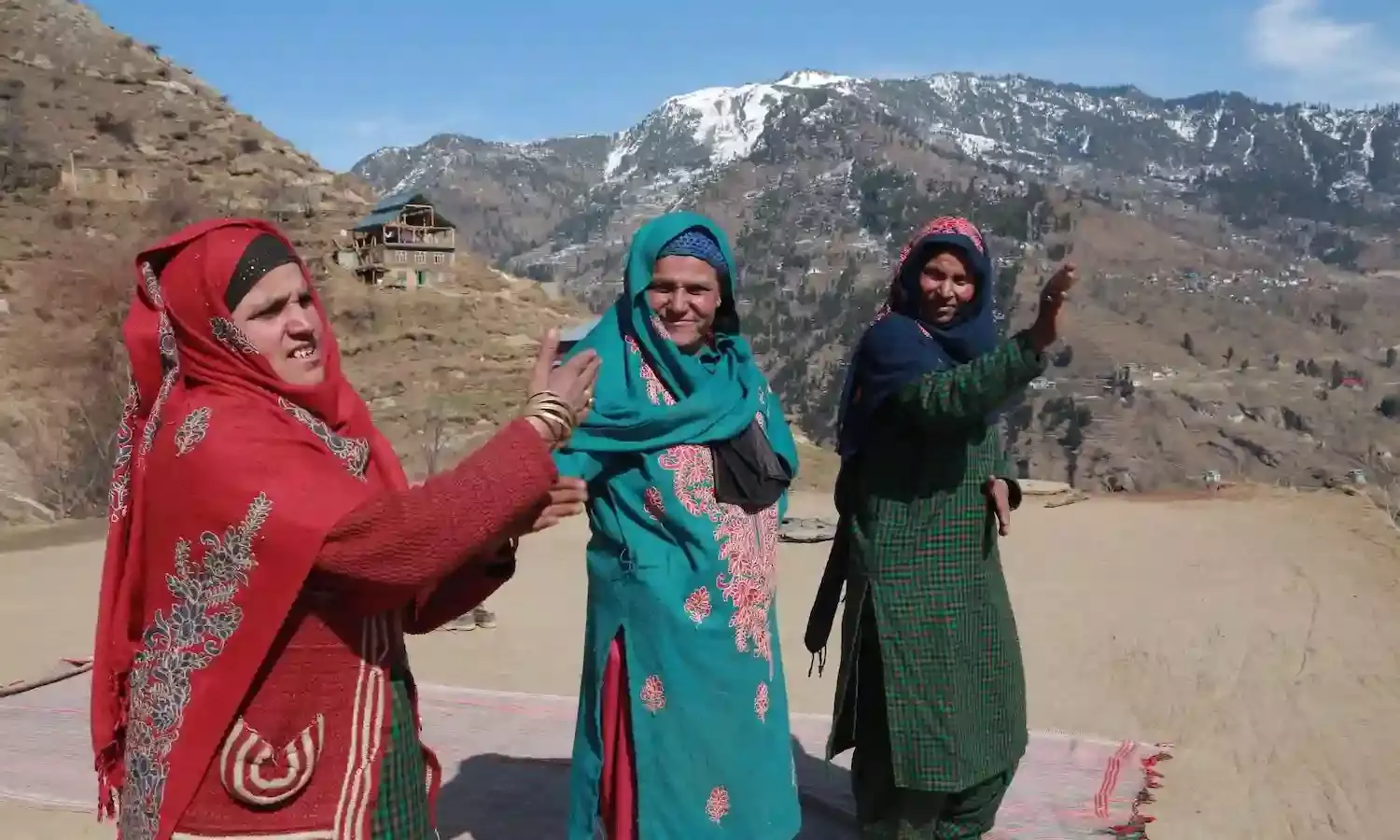
“It is a test from God. It is a curse” say residents of Dhadkai village, “It is a genetic disorder”, say the experts respectively when asked why there are so many hearing and speech impaired people here. Situated over 260 km from Jammu in the Doda district of Jammu and Kashmir, Dhadkai is also known as the ‘silent village’. Out of the 105 families living in this tribal village, 55 have at least one or more members who can neither hear nor speak.
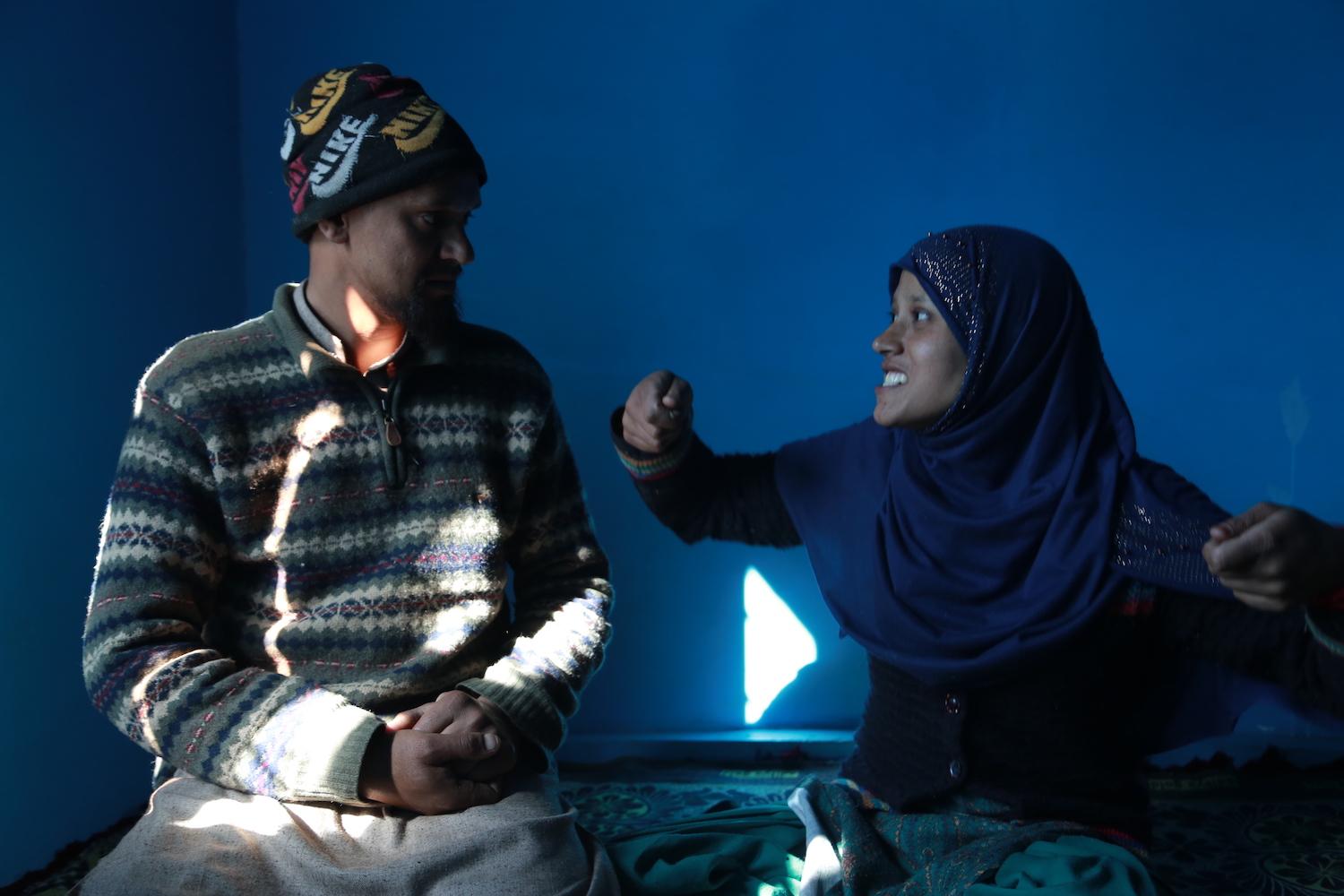
According to village chief Mohammad Haneef, the problem was first noticed in Dhadkai village since 1901, the year when the first case of deaf-mute person was diagnosed here. The village, the population of which is categorized as Scheduled Tribe, has so far counted over a 100 such cases. With several of them deceased, now it has 78 deaf-mute residents.
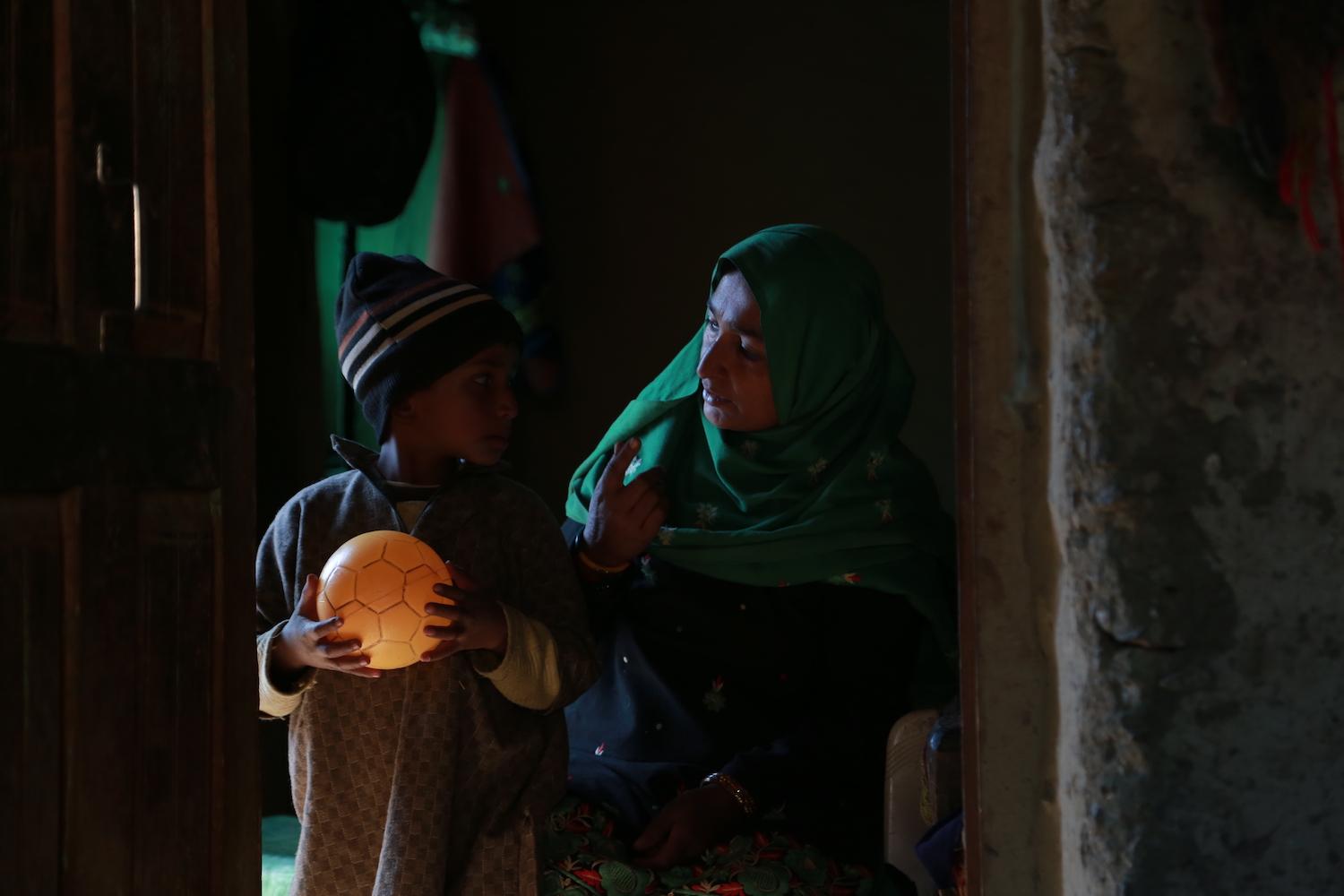
“The parents here are not worried about whether they give birth to a boy or a girl. What they fear is that their child should not be deaf and mute,” said Mohammad Haneef. The villagers have a foolproof way to diagnose the ailment at birth. Haneef said, “when a normal child is born and washed, he cries in a thin voice, opens its eyes after three or six hours, while as a deaf and mute child cries in a ‘thick voice’ and does not open its eyes for two days”. He has three sons and three daughters. Two daughters and two sons are deaf and mute, and his nephew, who lost his parents when he was just eight months old, is also deaf and mute. So, there are five deaf and mute persons in his family. There are many other families like his.
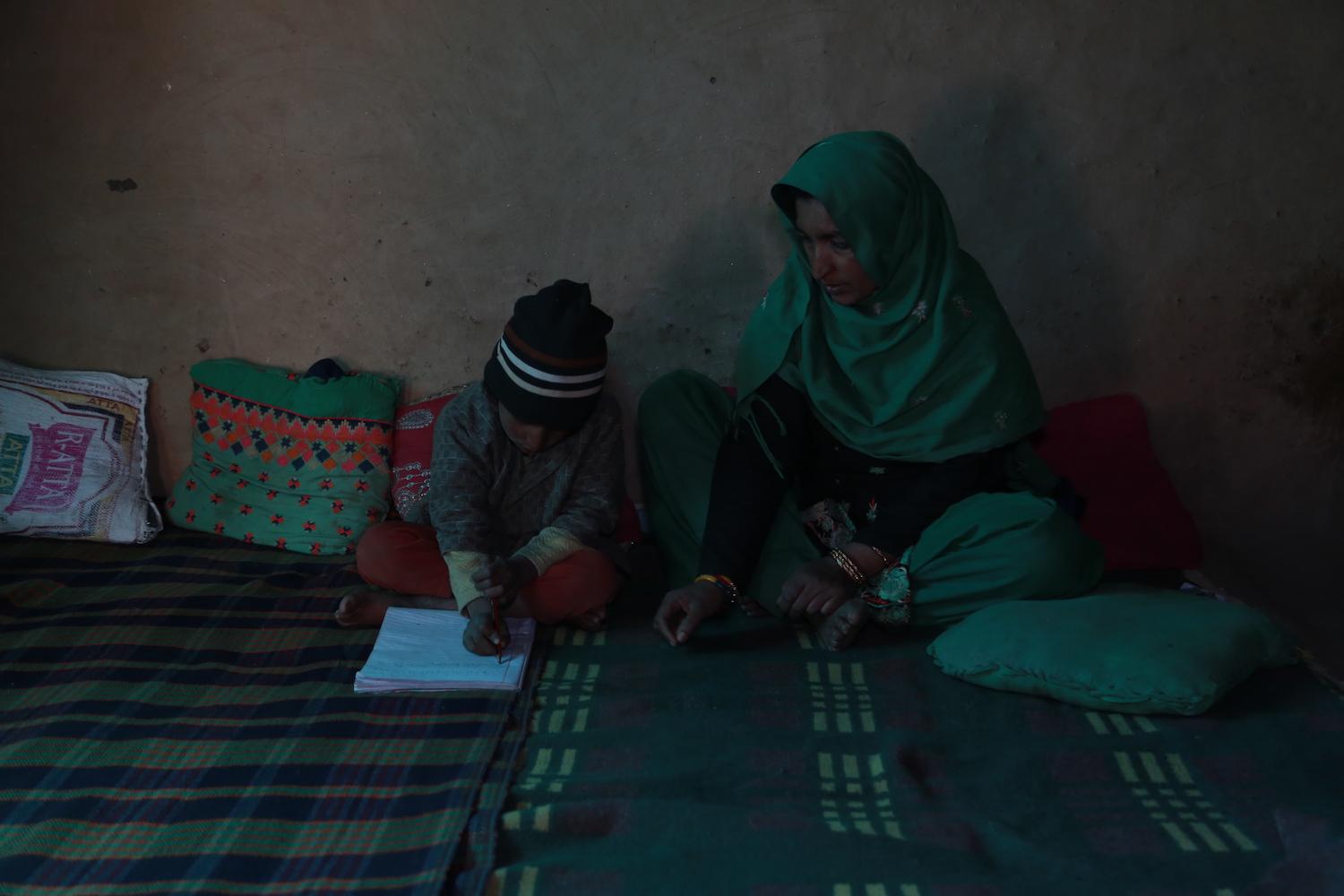
“When these deaf and mute people ask their mothers why they were born with such defects, it breaks one’s heart,” said a tearful Haneef. He is worried about how they will survive in today’s harsh economic conditions.
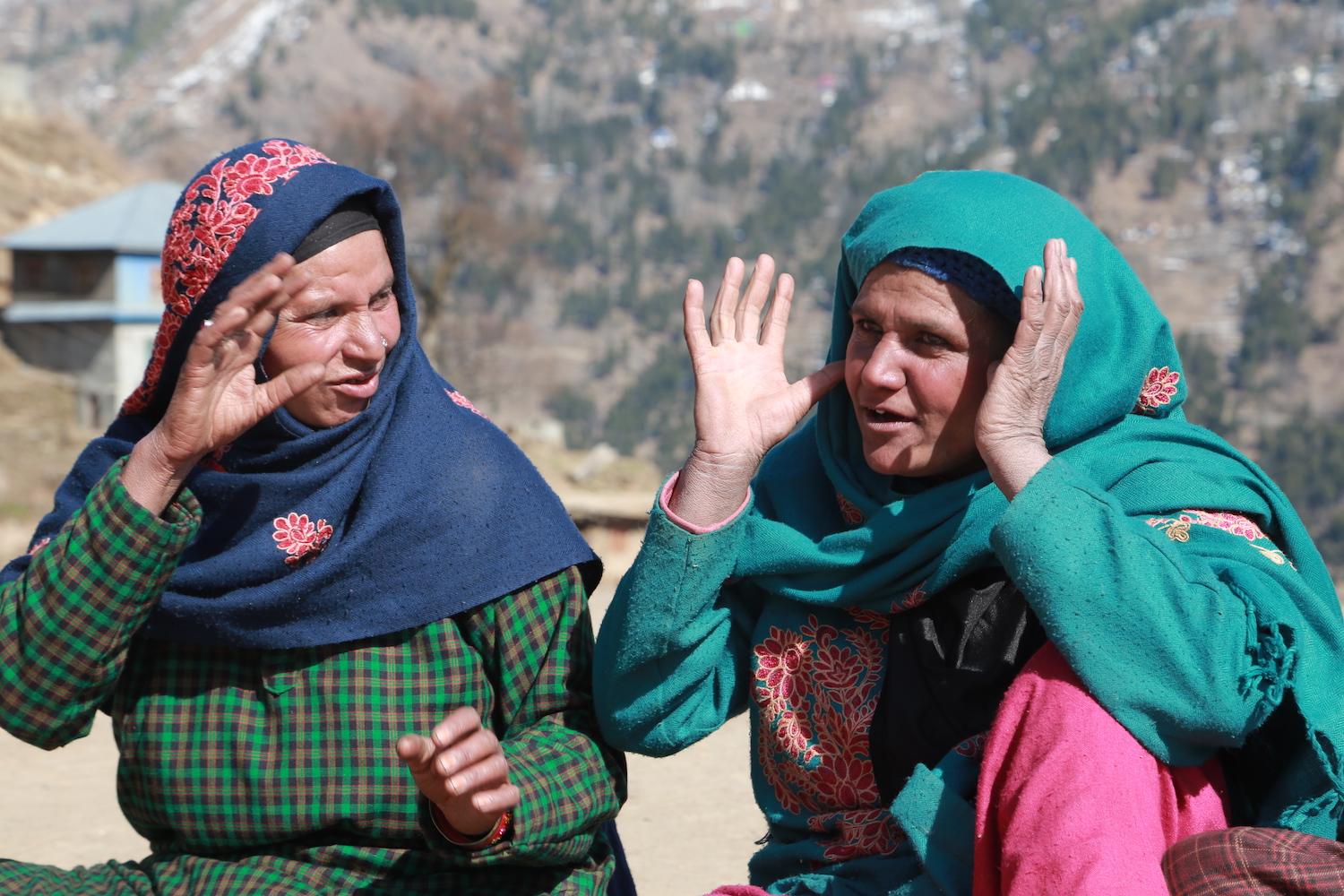
Other villagers share similar concerns too, Misra Khatoon, has seven children, two of whom are deaf and mute. “We spend our life worrying about them,” she said, “If they wander away from home, they won’t hear you calling for them.” Ghulab Din, another villager, has three sisters aged between 41 and 45, and a daughter, 12, none of them can neither hear nor speak. His daughter cannot walk either. All the sisters are unmarried and live with Ghulab Din.
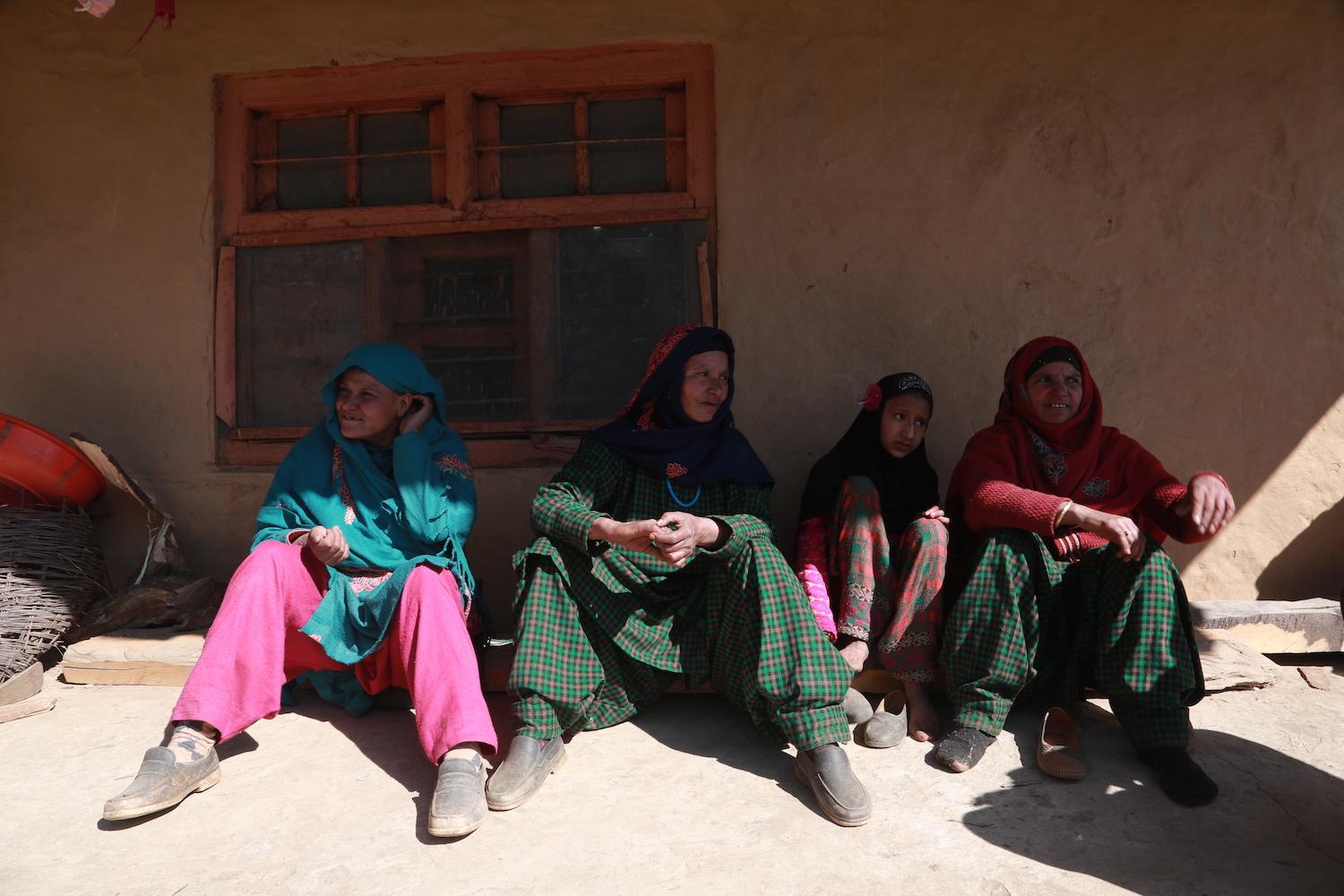
“They have to struggle a lot to survive. They go to people’s houses and work as cow-dung pickers and grass mowers,” said Ghulab Din adding, “if they belonged to a rich family, they would have gotten married. Suitors would have come for the dowry, but we are a poor family, so nobody came to marry them. Now they are too old to get married.”
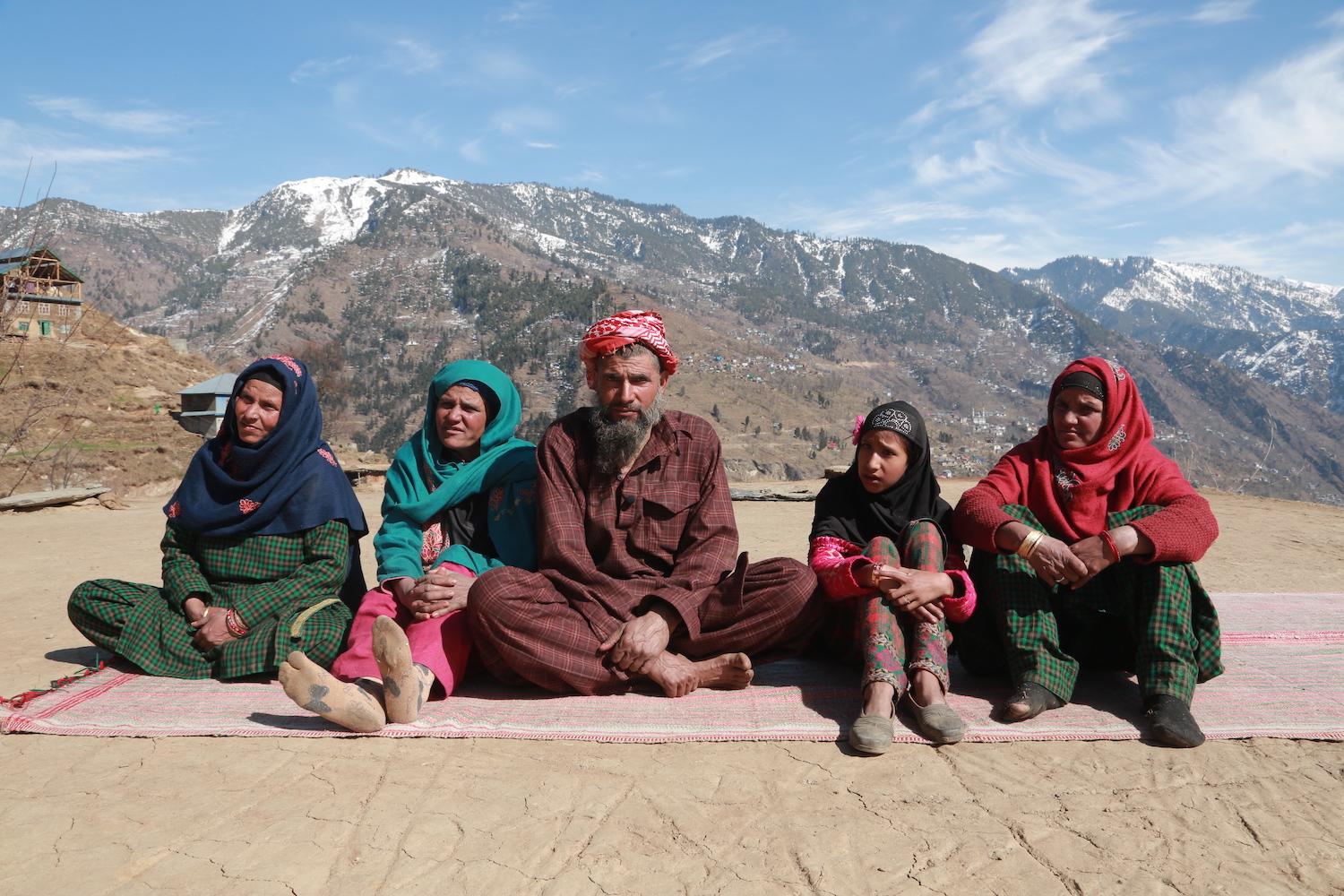
Dr. Sushil Razdan a renowned neurologist is a co-author of a research paper on the higher prevalence of deaf-mutism in Dhadkai said “for almost 100 years, a high prevalence of deaf-mutism has been found in the village. There is no place in the world with such a high prevalence of deaf-mutism.” Dr. Razdan said that there was a myth in the village that the condition had “something to do with its water, soil, and vegetables”. However he explained that it was a genetic disease. He explained that the villagers have “non-syndromic deaf-mutism”. The reason why there are many cases he pinned down to “a lot of intermarriages” or consanguinity. These are “unions between couples who share at least one common ancestor”.
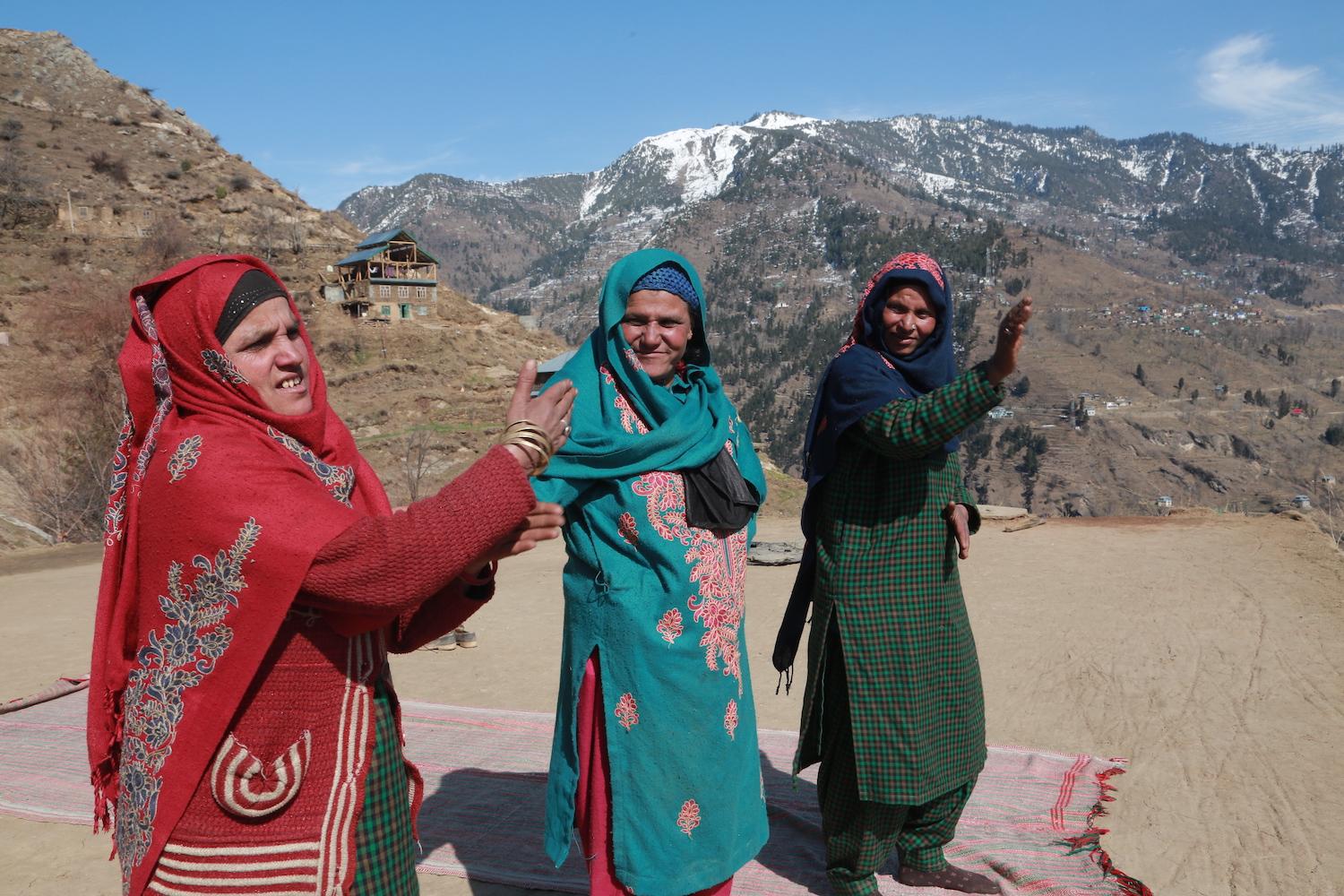
Photographs: Suhail Bhat



